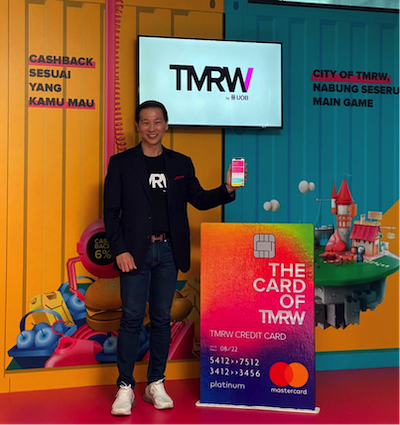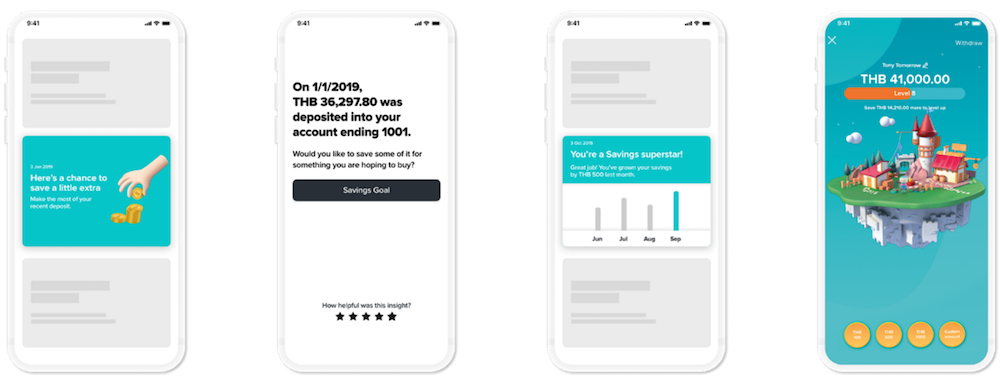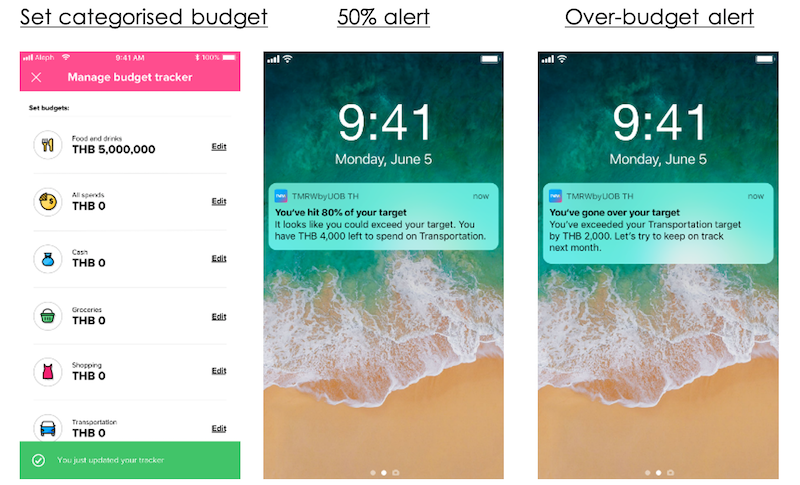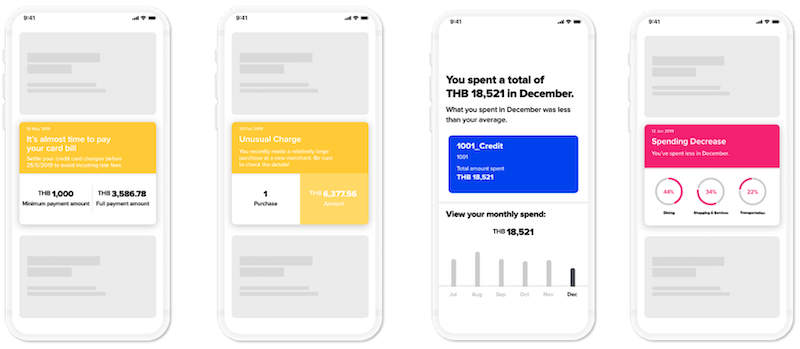Banking Tech Awards 2020 Winner: TMRW – Best UX/CX in Finance Initiative
Interview with Kevin Lam, head of TMRW Digital Group.
Why did you design a digital banking service aimed at young professionals?
The market for millennials in Southeast Asia is particularly important for TMRW [pronounced “tomorrow”], whose parent company is United Overseas Bank (UOB). We’ve estimated that it could be worth SGD 10 billion ($7.5 billion) in revenue over the lifetime of a young ASEAN professional.
Our target segment is young professionals and young professional families in ASEAN. Based on our research, we found that they are digitally advanced, dislike complex, universal and opaque banking and would prefer a friend who understands them, rather than a traditional bank. Building a digital bank that catered to their needs was the next logical next step.
What are some of the most important and innovative features for the new banking app?
TMRW is a digital, mobile-only proposition with no bank branches. However, customers still need to withdraw cash from time to time. As such, we have leveraged our partnerships to allow customers to access all banks’ ATMs in Thailand and Indonesia to withdraw cash for free.
Our app includes a feed of financial updates, advice and information, in a similar format to Facebook or Instagram. The feed is a series of “cards” that give personalised financial updates to the customer, such as a reminder to pay a credit card bill, the customer’s spending in a month or an unusual charge in the banking transactions. TMRW uses technologies including artificial intelligence (AI) and data analytics to analyse customers’ financial data to provide them with personalised content.
Other innovative features of the app include gamified savings which encourages good savings behaviour and real-time expense tracking – which just exited Beta and was designed to help customers curb impulse spending.
How long did the service take to develop and when was it launched?
We began working on the idea in 2017. We launched TMRW Thailand in March 2019 and in Indonesia in August 2020. Our learnings in Thailand meant we were able to launch quicker in Indonesia. In the long term, we aim to expand across South East Asia.
What technologies does the banking app runs on? Did you develop them in-house?
We developed most of the technologies in-house, leveraging UOB’s existing technology assets. We also partnered with fintechs, including Personetics and Meniga, to lower the cost of producing innovative technologies and services.
TMRW has been built on a modern microservices architecture which provides us the flexibility to adapt quickly and to scale the platform. We integrate rapidly using APIs with best-of-breed fintechs as well as our own in-house core banking systems. TMRW has leveraged the wider UOB investments in data and analytics infrastructure. This has enabled us to build out advanced data and data science solutions very rapidly.
What were the main challenges when developing the banking app? How did you overcome them?
Given the diversity of the different ASEAN markets, we had to consider the regulatory differences in both countries we launched the app in. We needed to comply with regulations while meeting our aim of simple and intutitive customer experiences, including the onboarding of customers.
When onboarding a new bank customer, it’s important that we are able to validate the customer’s identity without having the customer take time out to visit a bank branch.
In Thailand, we used the country’s national ID database , facial recognition and fingerprint matching technologies to verify customers’ indentites. TMRW is the first bank in Thailand to offer both forms of biometrics to enhance the account opening experience.
Local regulations require face-to-face video calls in Indonesia. After studying the customer experience we realised that connectivity and bandwidth was an issue. We moved from full two-way video conferencing to a text-and-video mix to minimise the drop-calls and data usage for our customers. This onboarding method was timely as customers are able to onboard from their homes in less than seven minutes during the COVID pandemic.
What have been the benefits of the new banking app for customers? How have you measured its success?
Net Promoter Score (NPS) is a key KPI we track to measure customer satisfaction.
In just a under two years of operations in Thailand, a market with one of the highest digital banking standards in ASEAN, our engagement-focused business model is bearing fruit. In the most recent survey conducted by Bain & Co in January 2021, TMRW is now second in the market with an NPS of 40 and is ranked number one for credit cards and for current account/savings account.
Based on our monthly customer assessments conducted internally, we have achieved a high NPS of more than 60 since our launch in Indonesia. Our Indonesian customers are also highly engaged. A recent TikTok campaign to encourage better spending and saving habits among millennials received about 1.2 billion impressions in less than a month and more than 7,000 submissions from consumers who pledged to spend and to save more wisely.
TMRW has received 26 industry awards, including Best UX / CX in Finance Initiative from the Banking Technology Awards, Best Digital Bank (ASEAN) and Best Bank for Millennials from the 2020 Global Retail Banking Innovations Awards by the Digital Banker.
CLICK HERE TO READ THE FULL BANKING TECH AWARDS WINNERS SUPPLEMENT, IT’S FREE AND FEATURES SOME OF THE MOST IMPACTFUL AND INNOVATIVE PROJECTS, PRODUCTS, SERVICES AND PEOPLE IN THE BANKING TECH/FINTECH SPACE IN 2020!
















































